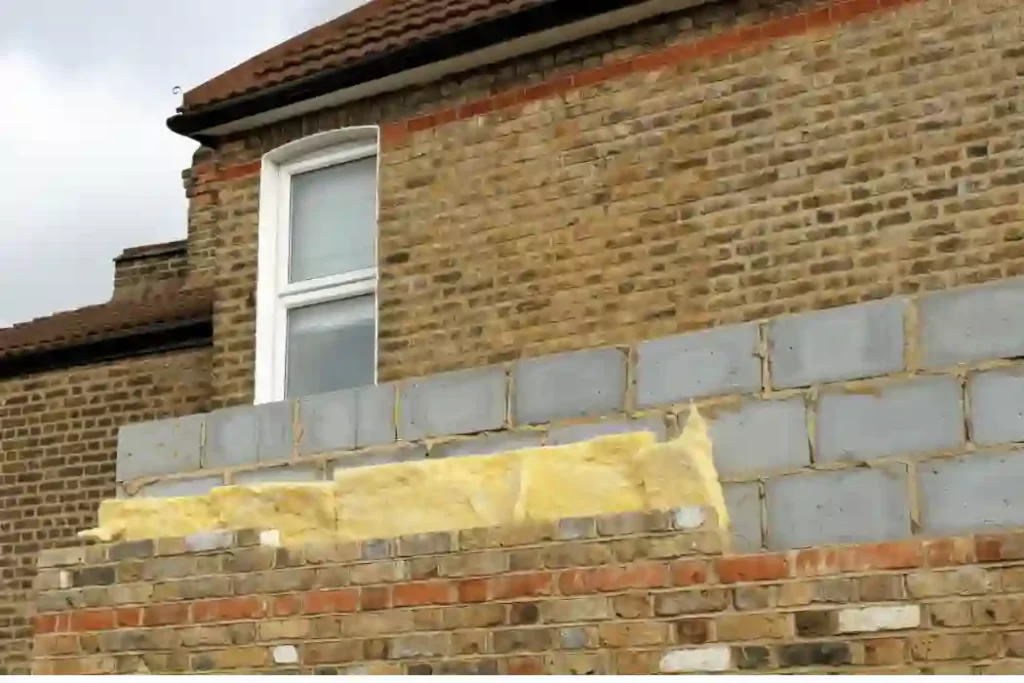Insulation is an essential part of any modern building, and it plays a crucial role in keeping the occupants comfortable and the energy bills low. Unfortunately, there are many myths and misconceptions about insulation that can lead to poor choices and wasted money. In this article, we will debunk some of the most common insulation myths and separate fact from fiction.
Myth #1: More insulation is always better
While insulation is necessary to keep a building comfortable, more insulation is not always better. The amount of insulation required depends on the climate, the building design, and the budget. In some cases, adding too much insulation can cause problems such as condensation, reduced indoor air quality, and decreased ventilation. It is important to consult with a professional to determine the right amount of insulation for your building.
Myth #2: All insulation is the same
Not all insulation is the same, and different types of insulation have different properties and performance characteristics. Some types of insulation, such as fiberglass batts, are inexpensive and easy to install, but they can be prone to settling, which reduces their effectiveness over time. Other types of insulation, such as spray foam, offer superior performance and can even strengthen the structure of the building, but they are more expensive and require professional installation.
Myth #3: Insulation can solve all energy efficiency problems
While insulation is an essential component of an energy-efficient building, it is not a cure-all. Other factors, such as air leaks, thermal bridging, and inefficient appliances, can also contribute to high energy bills. It is important to address all of these issues in conjunction with proper insulation to achieve maximum energy efficiency. Home renovation projects often include insulation upgrades to enhance energy efficiency, ensuring a comfortable and cost-effective living environment.

Myth #4: Insulation is only necessary for cold climates
Insulation is just as important in warm climates as it is in cold climates. In warm climates, insulation helps to keep the building cool by preventing heat gain from the outside. In fact, in some areas, the recommended R-value (a measure of insulation effectiveness) for walls and roofs is even higher than in cold climates.
Myth #5: Insulation is only for new buildings
Insulation can be installed in any building, regardless of its age. In fact, many older buildings have little or no insulation, which makes them very inefficient and uncomfortable. Retrofitting an existing building with insulation can be a cost-effective way to improve its energy efficiency and comfort.
Myth #6: Insulation is only for walls and roofs
While walls and roofs are the most common areas to insulate, there are many other areas in a building that can benefit from insulation. These include floors, basements, crawl spaces, and even pipes and ducts. Insulating these areas can improve energy efficiency, reduce noise, and prevent moisture problems.
Myth #7: Insulation is bad for the environment
While some types of insulation, such as fiberglass batts, can be made from non-renewable resources and can be difficult to recycle, many modern insulation materials are environmentally friendly. For example, cellulose insulation is made from recycled newspaper, and spray foam insulation can help to reduce energy consumption, which is good for the environment.
Myth #8: Insulation is too expensive
While some types of insulation, such as spray foam, can be expensive, there are many affordable options available. Fiberglass batts and blown-in cellulose are relatively inexpensive and can be installed by homeowners with basic DIY skills. Even professional installation of higher-end insulation materials can often pay for itself in energy savings over time.
Myth #9: Insulation can cause indoor air quality problems
While some types of insulation, such as fiberglass batts, can release small particles into the air during installation, modern insulation materials are designed to be safe and healthy for indoor use. Proper installation and ventilation can help to prevent any
potential air quality problems. In fact, some types of insulation, such as spray foam, can actually improve indoor air quality by reducing the amount of outside pollutants that enter the building.
Myth #10: Insulation lasts forever
While insulation is durable and long-lasting, it does not last forever. Over time, insulation can settle, compress, or become damaged, which reduces its effectiveness. It is important to inspect insulation regularly and replace it when necessary to ensure maximum performance and energy efficiency.
Conclusion
Insulation is a vital component of any modern building, but there are many myths and misconceptions about insulation that can lead to poor choices and wasted money. By debunking these myths and separating fact from fiction, we can make informed decisions about the type and amount of insulation we need to keep our buildings comfortable and energy-efficient. Whether you are building a new home or retrofitting an existing building, it is important to consult with a professional to determine the best insulation options for your specific needs and budget. With proper insulation and other energy-efficient measures, we can reduce our energy consumption, save money on utility bills, and help protect the environment.

